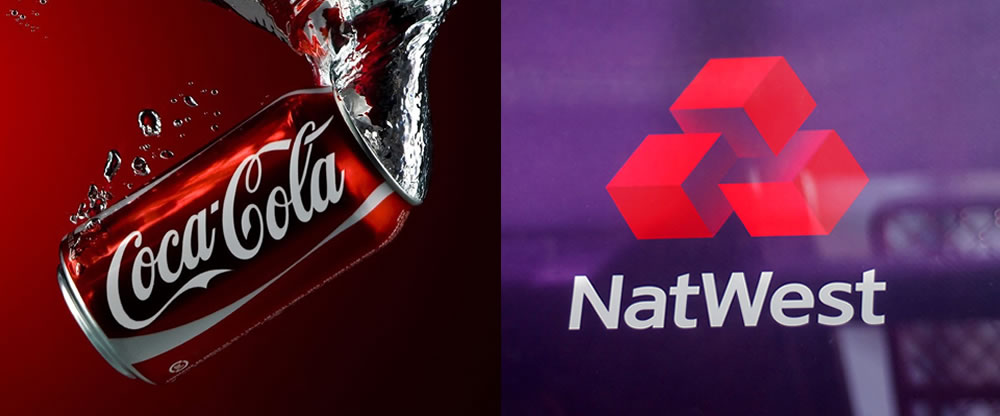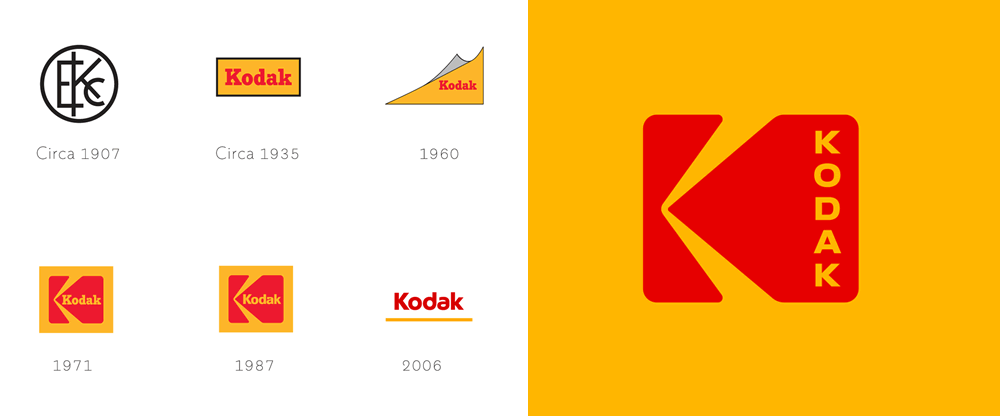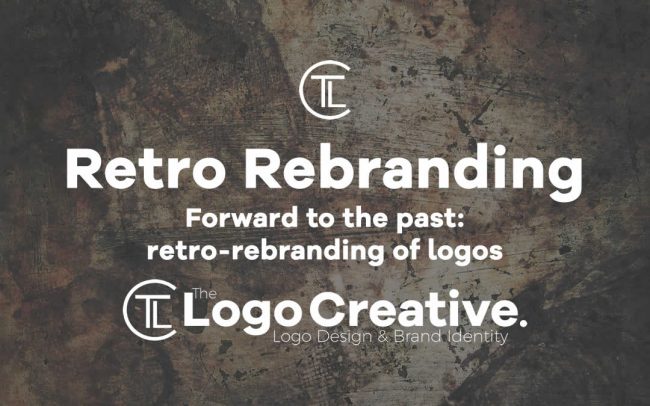From time to time, successful companies change their logos. Why? Why they change something in the company, where profits grow and where are more than enough customers? According to the Feng Shui School of Forms, the reason, like the logo itself, is in the information plane.
Rebranding as changing the brand and logo as its component is done in order to meet the new energies of the new era. Often these are internal impulses caused by new energy-information flows. Formally, it may be due to the fact that a new director comes to the company, top management changes. Or the range of goods and services varies. The staff and even the target audience are changing.
For each era, its own special energies are characteristic. Compare the music of the 1800’s, 1960’s and 2000’s, architecture or costumes of the last century and modern. XX and XXI centuries – completely different flows. The third millennium is in the yard.
Now new energy is visible everywhere, and not only in the design of logos, but also in choreography, economics, dentistry, banking, botany, astronomy, and so on. The general trend in modern logo design is simplicity, conciseness, concentration, environmental friendliness.
A new trend in the world of logos is retro-rebranding. Leading global companies return to previous versions of the corporate identity.
Looking at the new logos of these companies it becomes obvious that they decided to return to the old successful retro-logos, forward to the past. And this is a very smart decision, especially for such companies as Kodak, Coca-Cola, CO-OP and Nat West. Just look at their latest logos, they are the same as they were at the beginning of the company’s success.



Why do companies need rebranding?
Your company or product needs rebranding if:
– The brand has lost its relevance, has become boring and recalls only the bright and forgotten past
– There was a desire to enter a new market, change or expand the target audience
– There is an expansion of business, mergers or acquisitions
– There is a competitor that outperforms your brand with more fresh and constructive promises and offers
– Legal reasons
– Steady negative impressions of the brand
– The brand does not meet the needs of new customers and is unable to fulfil new tasks that have appeared in business
– The brand has lost the unique qualities that distinguished it before
– The market has lost interest in your product
– There are new points of communication, delivery channels for your services
– Priorities in the benefits provided by the brand have changed.
What does rebranding consist of?
The main stages and work for rebranding:
- Marketing Audit. The main task is to evaluate the brand’s “recognizability”, the attitude towards it, and learn the level of loyalty of the target audience. Identify the weaknesses and strengths of the existing brand.
- Repositioning. Change the main elements and characteristics of the brand, its ideas, and concepts. Development of new tactics and strategy for rebranding.
- Restyling. Updating and changing the visual identity of the brand. Change of design, a compilation of a new brand book, which corresponds to the updated brand. The new design should reflect the inner essence and direction of the business.
- Communication strategy. Reporting to the employees, customers, consumers the meaning of re-branding and its main characteristics.
- Implementation. The embodiment of rebranding results into life.
What not to do?
If you want to spoil your business, spend money and time in vain, do not get re-branded, then follow these rules:
- Protect the top managers from participating in the rebranding process, decide everything yourself or entrust to the secretary
- Do not find time to rebrand
- Forget that all quality costs money
- Do not act, but be afraid.
Particularly complex is the rebranding, which includes not only corporate identity and brand but also a change in the appearance of products. It may relate to changes in the appearance of the brand of mobile phone or car and other technical devices. For such a rebranding, you will need the work of not only designers but also engineers and other technical specialists.
But much more often the rebranding involves exclusively the design of products without introducing a change in its essence – the change of the logo, the main colour of the corporate style, etc.
Rebranding can both significantly increase the level of sales and sharply attract the attention of consumers to your products, as well as, on the contrary, destroy the decent image that the company that has been creating for several years. That’s why global companies sometimes come back to their retro-branding because it has already been successful some time ago.
Pay attention to the portfolio of the design studio, from which you want to place an order for rebranding. It will allow you to think more carefully about whether or not to trust this, undoubtedly, important order.
Author’s bio
Mariia Hepalova is a content writer on DesignContest.com. She has written for various online publications and blogs. With an equal passion for both design and marketing, she strives to produce content that is informative yet easy to understand.

